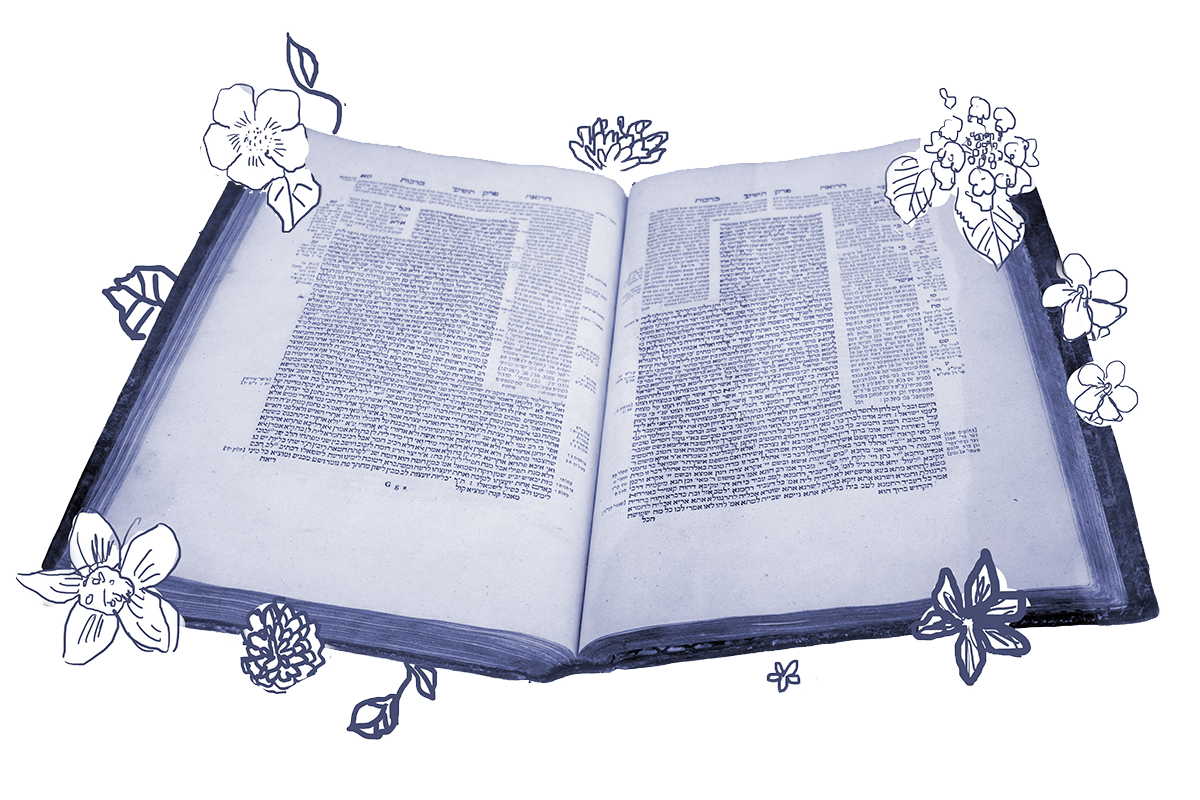Since the beginning of Tractate Kiddushin, we’ve been discussing the opening mishnah, which reviewed the various methods by which a woman can be acquired as a wife. On today’s daf, we come to the second mishnah in the tractate, which turns to an analogous question unrelated to the issue of marriage: How is a Hebrew slave acquired? In the context of marriage, of course, it is women who are acquired by men. But both men and women can be acquired as slaves if they owe a debt they cannot pay or are destitute. However as we’ll see, the methods by which this happens aren’t exactly the same.
Here’s the mishnah:
A Hebrew slave is acquired through money or through a document, and can acquire himself through years, or through the Jubilee year, or through the deduction of money. A Hebrew maidservant (has one mode of emancipation) more than him, as she acquires herself through signs (indicating puberty).
According to the mishnah, a male Hebrew slave can be acquired through money or a document, but he can also acquire himself — that is, emancipate himself — by serving the maximum six-year term of slavery, by the coming of the Jubilee year, or by paying off the remaining time of his term. Meanwhile, a Hebrew female can emancipate herself through one additional method — the onset of puberty.

Help us keep Jewish knowledge accessible to millions of people around the world.
Your donation to My Jewish Learning fuels endless journeys of Jewish discovery. With your help, My Jewish Learning can continue to provide nonstop opportunities for learning, connection and growth.
The Gemara digs a bit deeper into the reasoning behind each of these statements, but for today, let’s focus on the basis for allowing Hebrew men to be acquired by money:
A Hebrew slave can be acquired through money. From where do we derive this halakhah? The verse states: “Out of the money that he was bought for” (Leviticus 25:51), which teaches he can be acquired through money.
We found that a Hebrew slave who is sold to a gentile (is acquired with money), since all of the acquisitions of a gentile are with money. But from where do we derive sold to a Jew with money?
As it often does, the Gemara seeks the biblical source for the law that a Hebrew slave can be acquired with money, and its initial answer is a verse in Leviticus that references the purchase of a slave for money. But because that verse specifically addresses a situation in which a non-Jew acquires a Hebrew slave, extending the logic to a Hebrew slave acquired by a Jewish owner seems like a bit of a leap. So the Gemara tries again:
The verse states: “Then he shall let her be redeemed” (Exodus 21:8), which teaches she deducts from her redemption and is emancipated.
This teaches that a Hebrew maidservant is acquired through money, a halakha that applies to a male slave as well.
The Gemara sets aside the verse from Leviticus entirely and turns to Exodus, and in particular a ten-chapter stretch known as the Holiness code. The verse it zeroes in on concerns the sale of a female slave to, and redemption from, a Jewish owner. While it explicitly applies to a sale of a daughter by a parent, this distinction doesn’t seem to bother the rabbis, who seem comfortable applying the rule to Hebrew slaves in general. But the Gemara isn’t entirely sold on this reasoning either.
We found this halakhah with regard to a Hebrew maidservant. Since she is betrothed through money, she can be acquired through money.
From where do we derive a Hebrew slave (through money)? The verse states: “If your brother, a Hebrew man, or a Hebrew woman is sold to you, and he shall serve you six years” (Deuteronomy 15:12). This verse juxtaposes a Hebrew man to a Hebrew woman.
Here, the Gemara leverages a principle of talmudic analysis we’ve seen many times now in our studies. In short, when two concepts are mentioned in the same or adjacent verses of Torah, the rabbis often conclude that rules applying to one apply to the other and vice versa. Since the verse in Deuteronomy refers to both a Hebrew male slave and a Hebrew female slave in the same breath, the rabbis conclude that the rules that apply to a female slave — in this case, the rules from Exodus that she can be acquired by a Jewish owner and redeemed through money — apply to males slaves as well.
We’re by now quite used to seeing gender employed as a distinguishing factor in halakhic interpretation. And while there are other ways in which men and women are treated dissimilarly, including in their emancipation as laid out above, today’s daf shares one of those times when the rabbis erase differences for men and women and apply the same rules to both. True, it’s somewhat perverse that this alignment takes place in the context of slavery, an arrangement that reflects profound power inequalities, but at least in this narrow manner — whether they may be acquired for money — both genders receive similar treatment.
Read all of Kiddushin 14 on Sefaria.
This piece originally appeared in a My Jewish Learning Daf Yomi email newsletter sent on August 27th, 2023. If you are interested in receiving the newsletter, sign up here.



